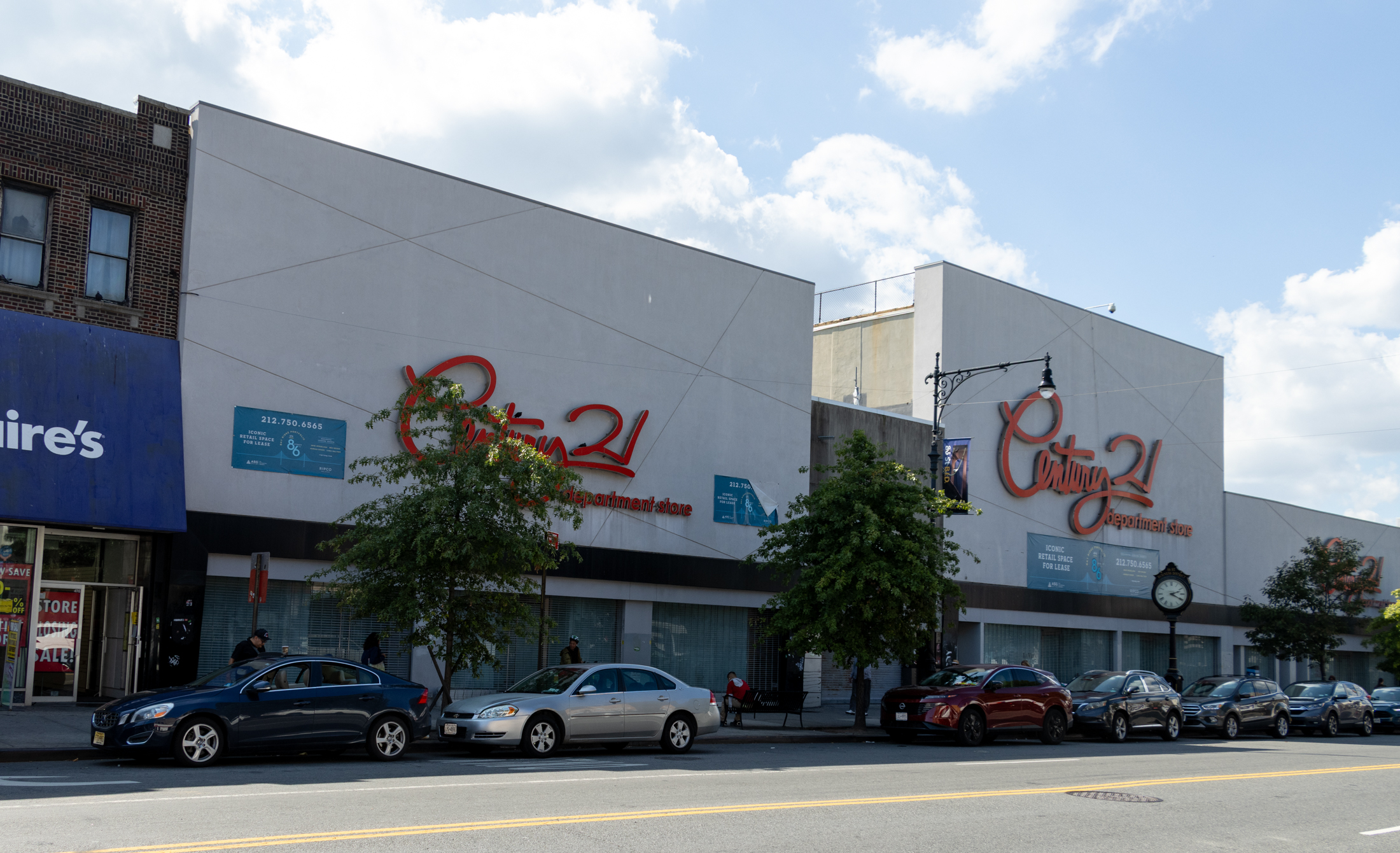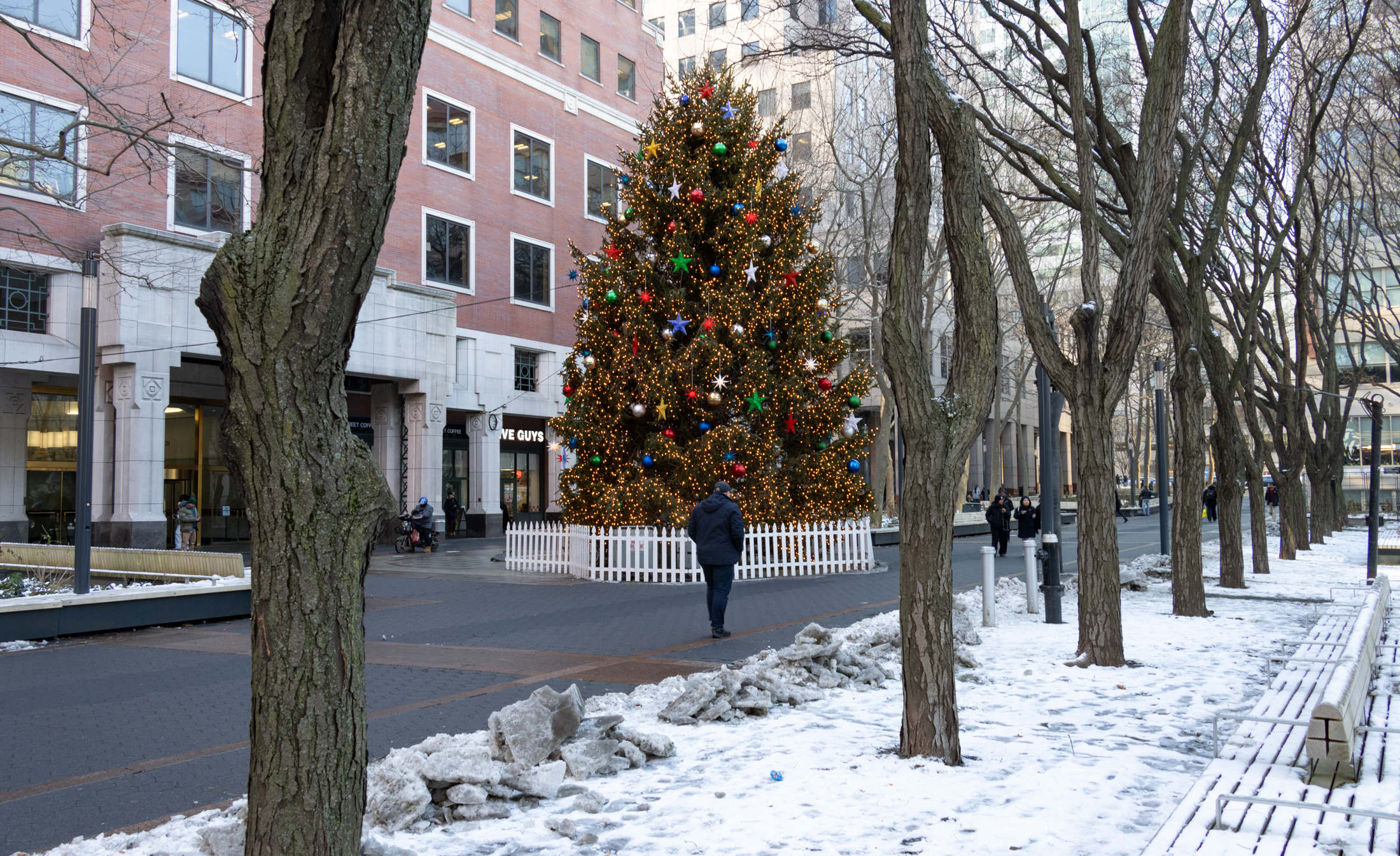The City Spurs Grocery Stores to Underserved
The Bloomberg administration, which has already cut down on trans fats and distributed fruit vendors to produce-anemic neighborhoods, is now seeking to provide incentives for grocery stores to open in areas where most families spend their food budget at bodegas and drug stores. The City Planning Commission unanimously approved the proposal on Wednesday, reports The…


The Bloomberg administration, which has already cut down on trans fats and distributed fruit vendors to produce-anemic neighborhoods, is now seeking to provide incentives for grocery stores to open in areas where most families spend their food budget at bodegas and drug stores. The City Planning Commission unanimously approved the proposal on Wednesday, reports The New York Times, which would grant zoning and tax incentives to grocery stores, with set requirements about how much produce and other foods they sell. The city is eying northern Manhattan, central Brooklyn, the South Bronx, and downtown Jamaica in Queens. Many city officials, food experts, and grocery store executives approve of the plan, meant to spur economic growth in addition to encouraging health (and fighting the rising rates of obesity and diabetes), but the Times mentions a recent report to Congress by the Department of Agriculture that shows an uncertain correlation between obesity and access to healthy, fresh foods. Avi Kaner, a supermarket operator, said education is the main solution. If you force distribution of product to a population that’s not interested in it, or not educated in it, and the grocery stores can’t make a profit, he told the Times, they’ll eventually leave. Check out the Times article for more details about the program, similar programs across the country, and a finer breakdown of the pros and cons.
A Plan to Add Supermarkets to Poor Areas [NY Times]
FRESH Food Store Program Overview [DOCP]
NYC’s Neighborhood Grocery Store and Supermarket Shortage [DOCP]
Photo by Royce Bair





I guess, Biff, I’m thinking more of a family, with one member cooking for many, and trying to make it all last, as compared to a single person, or a couple who don’t sit down to eat a meal with family and kids. I agree with you on the fast foods.
I don’t eat much processed food, but I certainly admit it is easier to eat badly when you forage on your own, and eat out a lot. And non diet soda is evil, but banning it, or taxing it to death is too big brother for me. Like ciggies, I choose not to partake. (Although every once in a while, I love a cold, icy, Schweppes Ginger Ale.)
Great idea. Great. It will reduce my carbon footprint and my aggravation level since I now drive weekly to Fairway for this stuff. I’ve lived in Fort Greene for 5 years now and it has always blown my mind that I didn’t have a local Green Grocer on the South eastern border of Fort Greene where I live. Still no green grocer — plenty of twinkies and doritos though. Sure I could do some exercise and walk around or go to the Park on Saturday, but I don’t want to. Just gimme a store so I can pick stuff on the way home…
quote:
I love tomatoes but I swear, 2.99/lb? As much as some meat. It’s really crazy.
whoa that is insane actually. tomatos are like the only thing i know what it usually costs per pound cuz i eat them like crazy when i can. i usually get the 1.29 a pound ones, sometimes the 1.49 ones cuz they are redder and prettier.
*rob*
“absolutely, 100 percent, untrue. nicotine is a wonderful chemical that has MANY benefits. it’s the other crap in ciggies that suck.”
Like the filter? 🙂
Peter, I’m not sure I understand your point. Do you really think the issue with obesity in the poorer neighbourhoods in New York is the result of people eating “pasta, rice, potatoes and a bit of non-prime cut meat,”? If so, I disagree. While I don’t dispute anything Montrose is saying about her own personal experiences growing up, I think the issue today is most definitely cheap and easy access to fast food / junk food / soda versus people eating too much rice and potatoes and low quality meat. Just my opinion.
quote:
Now it’s actually chic, and rich, to look as if you survive on one wilted lettuce leaf a week.
ugh. i hope that outlook changes soon!
*rob*
Thanks MM, Now I’m craving a big bowl of okra cou-cou and codfish with a side of fried breadfruit.
quote:
offers no benefit whatsoever
absolutely, 100 percent, untrue. nicotine is a wonderful chemical that has MANY benefits. it’s the other crap in ciggies that suck.
*rob*
fsrq, who drinks soda in small quantities??? I have high tryglycerides and they went down dramatically after I cut out the soda. I drank about a can a day!!!
There’s a reason sugar is called “white death.”